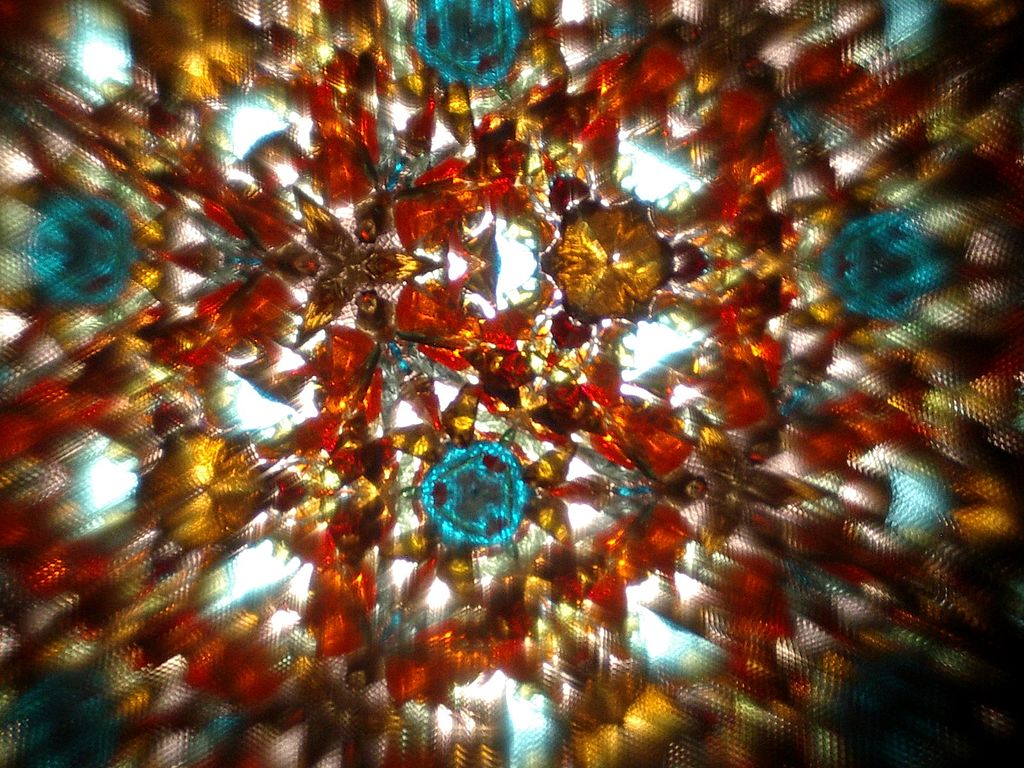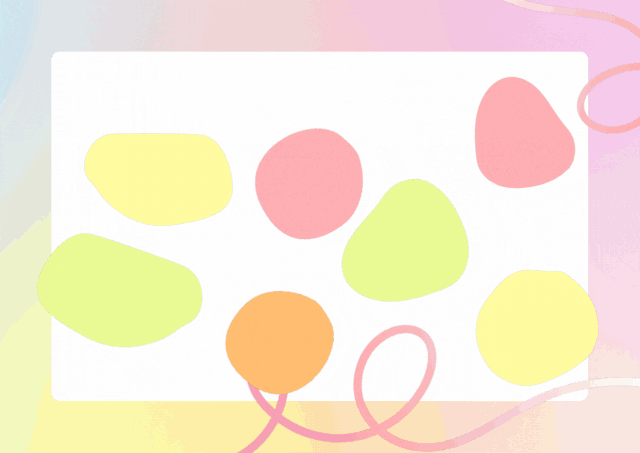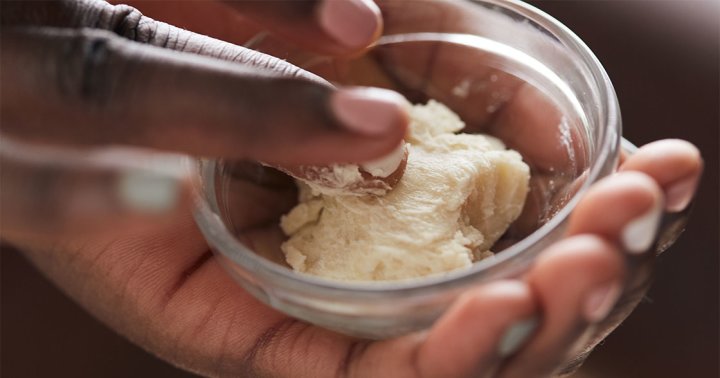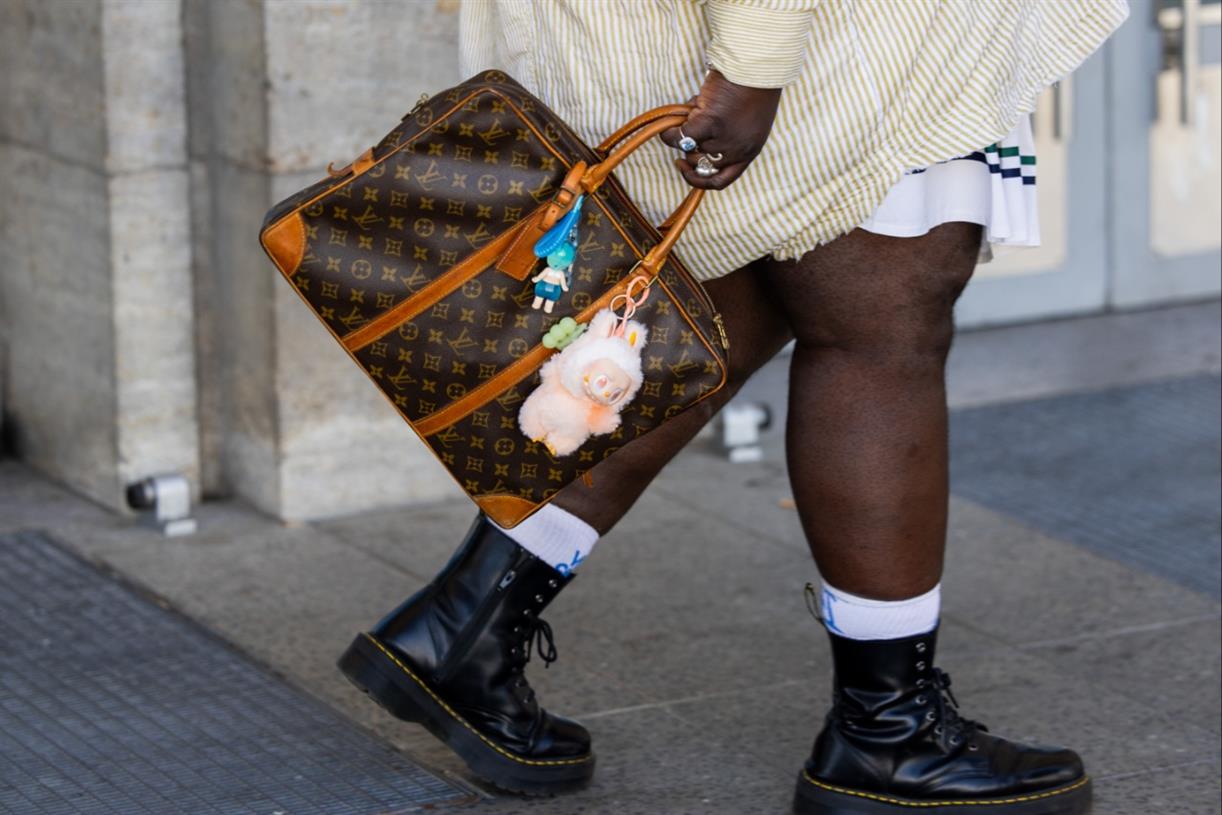Imagining a World Without Bias
How mindfulness and compassion practices can help us recognize our fundamental ignorance of our interconnectedness The post Imagining a World Without Bias appeared first on Tricycle: The Buddhist Review.

What would it look like to live in a world without bias? And how can mindfulness help us imagine such a world?
These questions are at the heart of Anu Gupta’s new book, Breaking Bias: Where Stereotypes and Prejudices Come From—and the Science-Backed Method to Unravel Them. Gupta is an educator, lawyer, research scientist, and meditation teacher whose work focuses on harnessing mindfulness and compassion practices for social change. In this book, he weaves together Buddhist teachings and insights from modern neuroscience to lay out practical tools for dismantling bias within ourselves and in the world around us.
In a recent episode of Life As It Is, Tricycle’s editor-in-chief, James Shaheen, and meditation teacher Sharon Salzberg sat down with Gupta to discuss what it looks like to imagine a world without bias, how our fundamental ignorance of our interconnectedness distorts our perceptions, the dangers of getting stuck in outdated stories about ourselves and others, and how we can access and strengthen our innate capacity for compassion.
James Shaheen (JS): You say that we spend most of our time trapped in delusions, particularly the delusion of separateness, which you define as “our human tendency to forget, misunderstand, or misconstrue the big picture.” Can you say more about this fundamental ignorance of our interconnectedness and how it distorts our perceptions of ourselves and the world?
Anu Gupta (AG): The way I define bias is that it’s a learned habit, and it distorts how we perceive, reason, remember, and make decisions. The concept of karma is something I was contemplating on early in my journey [of understanding bias], and my understanding of karma is that whatever we experience in our thoughts, words, and deeds is a consequence of various causes and conditions. When we see biases within ourselves and our society, they, too, are a consequence of various causes and conditions. That was the starting point for me in this work of breaking bias: to begin to unearth what those causes and conditions are.
The deeper I went into that, I began seeing that a lot of the causes and conditions of bias are rooted in what’s known as the three root defilements in our minds of greed, hatred, and delusion of our separateness. For example, the delusion of race is a concept. Where did it come from? The word “race” itself didn’t exist in the English language until the 1580s. How did our human species get infected by this idea in less than four hundred years? Once these ideas start percolating in our consciousness, we start attaching ourselves to them, and they become real for us—real but not true. And that’s delusion, because we forget that at the absolute level, we are these human beings made up of the five aggregates regardless of our color or our gender.
For me, that’s the hopeful aspect of breaking bias: to not forget the relative reality but also to remember with mindfulness the absolute reality and to bridge the divide between the two, particularly when it comes to alleviating the suffering that so many beings experience due to bias.
Sharon Salzberg (SS): It can be really common to get stuck in shame when we’re confronting our own biases or coming to terms with outdated ways of viewing the world. So how can we learn to work with shame productively rather than further contracting into it?
AG: This is the background I came from when I was in the academic environment, where the world was often structured in terms of right and wrong and you couldn’t say, think, or do anything wrong. But the nature of bias is that it’s conditioned. These are learned habits and learned false beliefs. Of course they’re going to arise. It’s really important to extend ourselves and one another the benefit of the doubt. Bias is a challenge that has afflicted human beings for millennia. That extension of grace in acknowledging we’re all struggling in this human soup together is so important. When shame arises, when guilt arises, when blame arises, we can notice with mindfulness, “Oh, this is shame, oh, this is blame,” and hold that with compassion.
This is the work. We’re rewiring our ways of being with ourselves and with one another and moving beyond these destinations of right and wrong to a place of unknown: Who would I be, who would our cultures be, if there were no bias? We have to give ourselves permission to feel and experience that within our own bodies.
JS: Anu, you cite the story of the Buddha’s encounters with Mara, and you say you’ve returned to this story hundreds of times. So can you tell us the story and what we can learn from it, particularly in the context of breaking bias?
We’re rewiring our ways of being with ourselves and with one another and moving beyond these destinations of right and wrong to a place of unknown
AG: Yeah, absolutely. A few hours before the Buddha was enlightened, he had a showdown with Mara. Mara sent him beautiful maidens and threats to his family and to his own body, and a whole host of things to trigger in him various derivative states of fear and anger and hatred and lust. What the Buddha did was he brought every single one of those mental and emotional states to awareness. Once he became aware of these states, they couldn’t intoxicate him any longer.
After doing this for a long time, presumably, Mara was tired because whatever he threw at the Buddha, Buddha was able to vanquish. So then Mara asked the Buddha, “Who is going to bear witness to your enlightenment?” That’s when the Buddha actually touched the earth, and in a lot of these mythologies, the earth shuddered.
For me, this story touches on this idea of interbeing. We’re often trained to be biased against our earth, this earth that provides us food, this earth that shelters us, this earth that we’re a part of. We share all the elements of our bodies with the earth, but we forget that the earth is a living being. In my understanding of the story, the Buddha recognizes that he needs the earth’s acknowledgment to vanquish Mara. I find that so profound and beautiful.
JS: You also say that the story speaks to our capacity to be more than the worst things we’ve done. Can you say more about that?
AG: Yeah, I think the first story that comes to mind is another Buddhist fable of Angulimala. He was a murderer who cut off people’s fingers [after killing them] and put them around his neck as a mala. It’s said that Angulimala, after becoming a disciple of the Buddha, became enlightened. This person who had committed a whole host of awful things could still find forgiveness and reconciliation and could move on from his atrocious acts.
This story speaks to our ability to overcome and to heal from the worst things we’ve ever done. I think that’s what gives me comfort, particularly when you think about systemic biases and institutional biases in our society. We can overcome them once we acknowledge them, accept them, and commit ourselves to repair the consequences of those harms. And that’s, I feel, the work of our century moving forward.
SS: I think we’ve all taken comfort in the story of Angulimala, and I’ve also taken a lot of comfort in the story of the Buddha touching the earth. In both stories, there’s a theme that kindness and compassion are almost like prerequisites for transformation, whether it’s transforming our assumptions or our mental afflictions. So how can we access and strengthen that capacity for compassion?
AG: If we think about the story of the Buddha’s enlightenment, every time Mara threw something more at him, he didn’t react to it. He became mindful of it, and with compassion, he thought, “This, too, is rooted in greed, hatred, and delusion. This, too, is rooted in greed, hatred, and delusion.” This act of mindfulness and calling things as they are, without reactivity, is the effect of compassion.
One of the things that’s super important, particularly in our times right now, is for us to extend compassion and grace to ourselves, even in moments where we’re being a jerk. Underneath that judgment, there’s often some sort of pain or memory or attachment. Compassion allows us to reach and access that and, over time, if our will is there, to transform it.
This excerpt has been edited for length and clarity.

 BigThink
BigThink 
































